Aug. 31, 2023
Prelims Pointers
Aug. 31, 2023
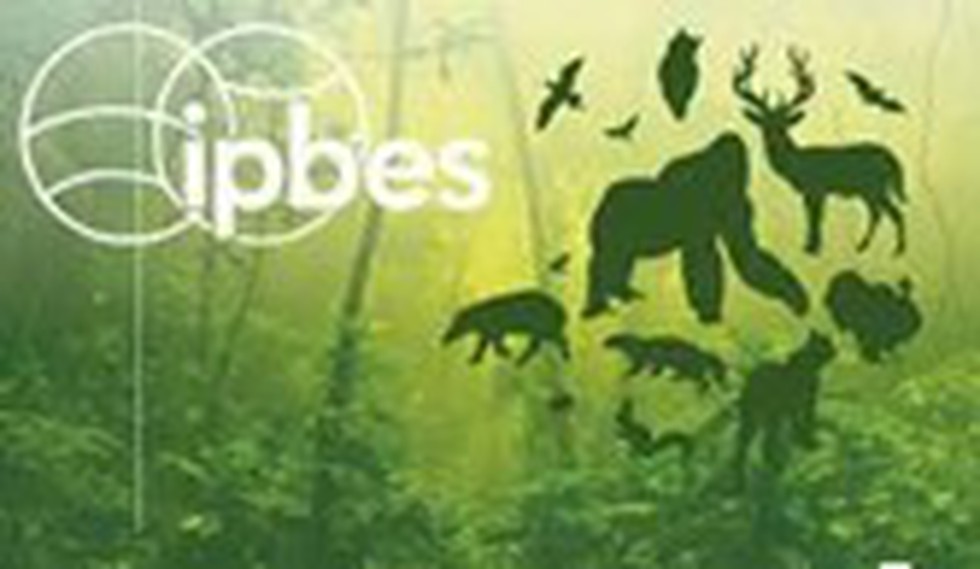
About IPBES:
- It is an independent intergovernmental body established in 2012.
- It provides policymakers with objective scientific assessments about the state of knowledge regarding the planet’s biodiversity, ecosystems and the benefits they provide to people, as well as the tools and methods to protect and sustainably use these vital natural assets.
- This independent body was inspired by the Intergovernmental Panel on Climate Change (IPCC) and the Millennium Ecosystem Assessment.
- It is not a United Nations body. However, at the request of the IPBES Plenary and with the authorisation of the UNEP Governing Council in 2013, the United Nations Environment Programme (UNEP) provides secretariat services to IPBES.
- India is a member country of this organisation.
- Organisation’s structure
- Plenary: The governing body of IPBES – made up of the representatives of IPBES member States – usually meets once per year.
- Observers: Any State not yet a member of IPBES; the Convention on Biological Diversity (CBD) and other biodiversity-related conventions; related UN bodies; as well as many other relevant organisations and agencies.
- Bureau: Comprising the IPBES Chair, four Vice-Chairs and five additional officers who oversee the administrative functions of IPBES.
- Multidisciplinary Expert Panel (MEP): Five expert participants from each of the five UN regions overseeing all IPBES scientific and technical functions.
- Stakeholders: All contributors to and end-users of the IPBES outputs.
- Expert Groups & Taskforces: Selected scientists and knowledge holders carrying out the IPBES assessments and other deliverables.
- Secretariat (Includes Technical Support Units): Ensures the efficient functioning of IPBES through support to the Plenary, Bureau and MEP, as well as implementing the Platform’s work and administrative functions.
Prelims Pointers
Aug. 31, 2023
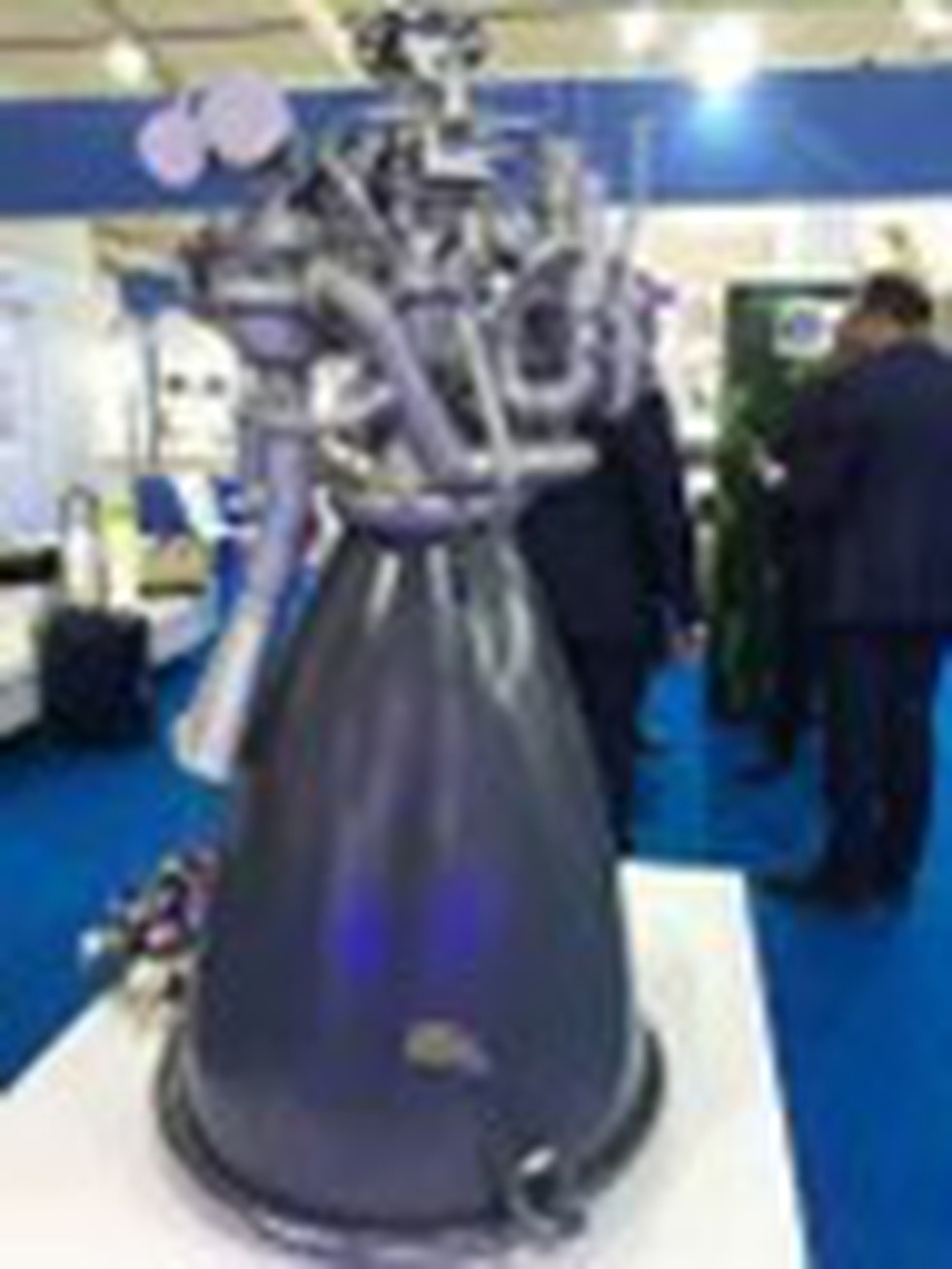
About CE-20 cryogenic engine:
- It has been designed and developed by the Liquid Propulsion Systems Centre (LPSC), a subsidiary of ISRO.
- It will power the Cryogenic Upper Stage of the LVM3launch vehicle.
- ISRO will use it for its ‘Mission Gaganyaan’ for sending man to space in 2024.
- It is the first Indian cryogenic engine to feature a gas-generator cycle.
- It is one of the most powerful upper-stage cryogenic engines in the world.
- This engine develops a nominal thrust of 186.36 kN in vacuum.
What is a Cryogenic stage?
- The cryogenic stage is technically a very complex system due to its use of propellants at extremely low temperatures and the associated thermal and structural problems.
- It uses liquid fuels (Oxygen liquifies at -183 deg C and Hydrogen at -253 deg C) that are cooled to very low temperatures.
- A Cryogenic rocket stage is more efficient and provides more thrust for every kilogram of propellant it burns compared to solid and earth-storable liquid propellant rocket stages.
Prelims Pointers
Aug. 31, 2023
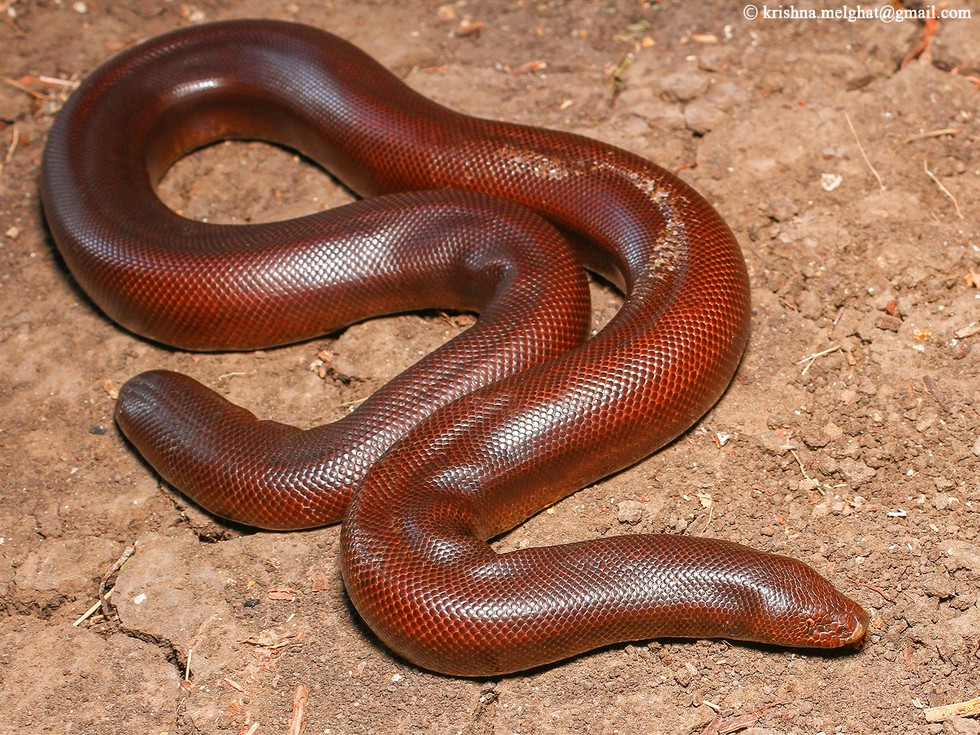
About Red Sand Boa:
- Red Sand Boa (Eryx johnii) is a species in the subfamily Erycinae of the family Boidae.
- It is commonly called the Indian Sand Boa is a non-venomous species found throughout the dry parts of the Indian subcontinent.
- It is ovoviviparous and nocturnal and spends the majority of its time under the ground.
- Distribution: The species is endemic to Iran, Pakistan, and India.
- Appearance:
- It is a primarily reddish-brown and thick-set snake that grows to an average length of 75 cm.
- Unlike most snakes, the tail is almost as thick as the body and gives the reptile the appearance of being "double-headed".
- Ecologically importance
- Like other snake species, the Red Sand Boa also plays a significant role in the ecosystem by maintaining a healthy population between prey and predator.
- It feeds on rodents, lizards, and even other snakes.
- Conservation Status
- IUCN: Near Threatened
- Wildlife (Protection) Act, 1972: Schedule IV
- CITES: Appendix II
Prelims Pointers
Aug. 31, 2023
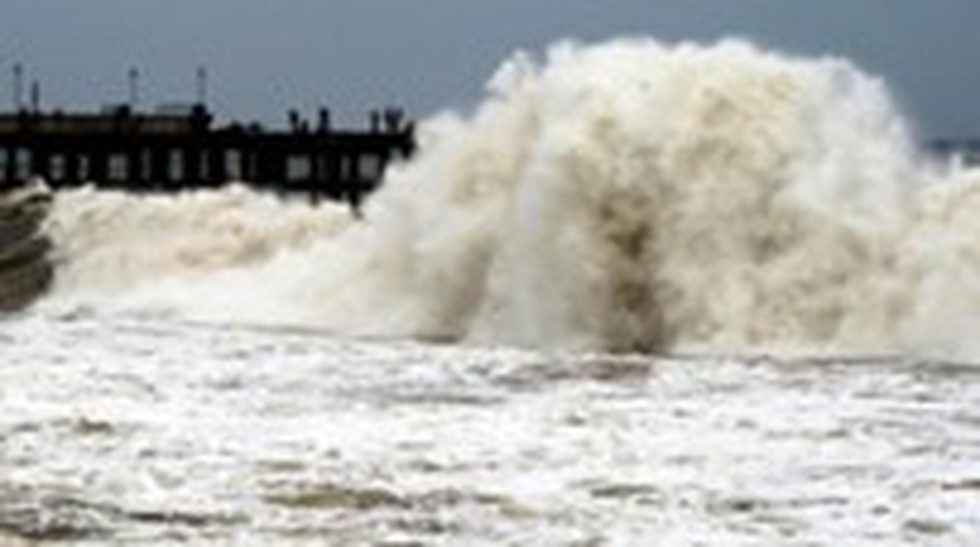
About Pacific Decadal Oscillation (PDO):
- It is a long-term ocean fluctuation in the Pacific Ocean.
- The term PDO was coined in about 1996 by Steven Hare at the University of Washington.
- It can be known only after several years of measuring ocean temperatures and their interaction with the atmosphere.
- The PDO waxes and wanes approximately every 20 to 30 years.
- From ocean surface topography data, together with other ocean and atmospheric data, scientists can determine whether we are in a ‘cool’ phase or a ‘warm’ phase.
- Cool phase: It is characterised by a cool wedge of lower-than-normal sea-surface heights/ocean temperatures in the eastern equatorial Pacific and a warm horseshoe pattern of higher-than-normal sea-surface heights connecting the north, west and southern Pacific.
- Warm' or 'positive' phase: In this, the west Pacific Ocean becomes cool, and the wedge in the east warms.
How does this affect climate?
- The change in location of the cold and warm water masses alters the path of the jet stream.
- The jet stream in the northern hemisphere delivers storms across the United States.
Prelims Pointers
Aug. 31, 2023
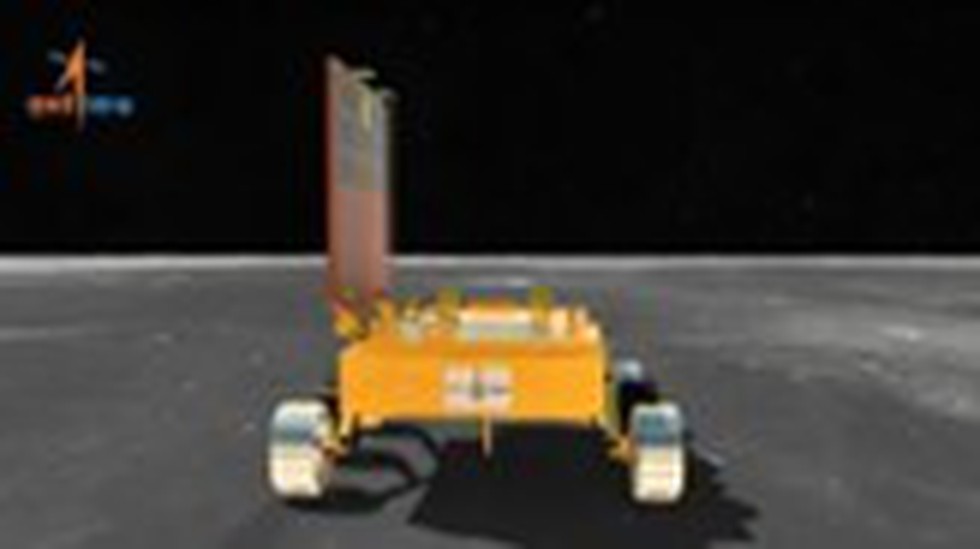
About Laser-Induced Breakdown Spectroscopy (LIBS):
- This instrument has made the first-ever in-situ measurements of the elemental composition of the lunar surface near the South Pole.
- How does this work?
- It is a scientific technique that analyses the composition of materials by exposing them to intense laser pulses.
- A high-energy laser pulse is focused onto the surface of a material, such as a rock or soil.
- The laser pulse generates extremely hot and localised plasma.
- The collected plasma light is spectrally resolved and detected by detectors such as Charge Coupled Devices.
- Since each element emits a characteristic set of wavelengths of light when it's in a plasma state, the elemental composition of the material is determined.
- Key findings: Preliminary analyses, graphically represented, have unveiled the presence of Aluminum (Al), Sulphur (S), Calcium (Ca), Iron (Fe), Chromium (Cr), and Titanium (Ti) on the lunar surface. Further measurements have revealed the presence of manganese (Mn), silicon (Si), and oxygen (O).
- The evidence of the presence of Sulphur can reveal insights into the formation and evolution of the Moon.
- Sulphur usually originates from volcanic activities, and its presence on the Moon can offer indications about the Moon’s history and composition.
- LIBS payload is developed at the Laboratory for Electro-Optics Systems (LEOS)/ISRO, Bengaluru.
Prelims Pointers
Aug. 31, 2023
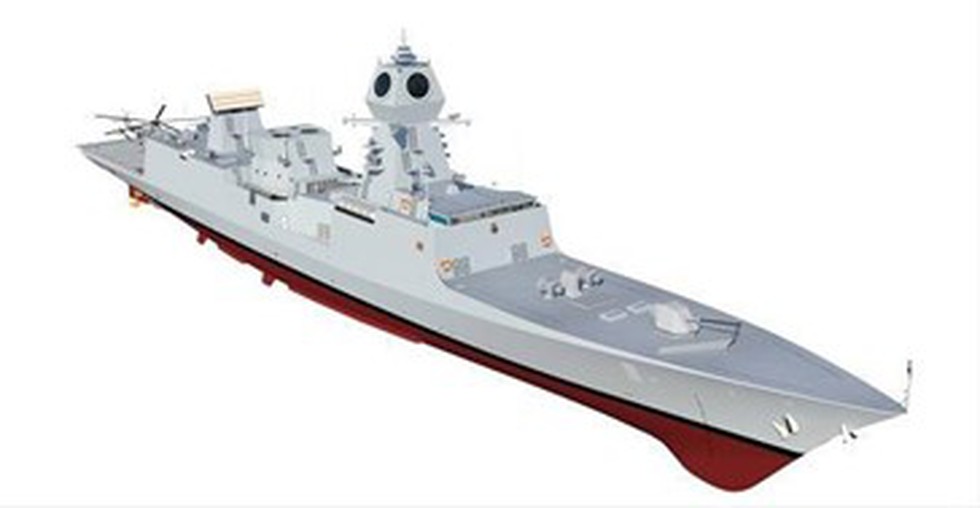
About Mahendragiri Frigate:
- It is the seventh and last stealth frigate of Project 17A Frigates.
- It is named after a mountain peak in Eastern Ghats located in Odisha.
- The ship is being built by the Mazagon Dock Shipbuilders Limited (MDL) in Mumbai.
What is Project 17A?
- The project was launched by the defence forces of India to construct a series of stealth guided-missile frigates.
- Under the Project 17A programme, four ships by Mumbai-based Mazagon Dock Shipbuilders Limited (MDL) and three by Garden Reach Shipbuilders and Engineers Limited (GRSE) are being built.
- These warships follow the Project 17 Class Frigates (Shivalik Class) and boast enhanced stealth features, advanced weapons, sensors, and platform management systems.
- Project 17A ships have been designed in-house by the Indian Navy’s Warship Design Bureau WDB.
- As much as75% of the orders for equipment and systems of Project 17A ships are from indigenous firms, including MSMEs.
- The first six ships of the project have been launched so far by MDL & GRSE between 2019-2023.
Prelims Pointers
Aug. 31, 2023
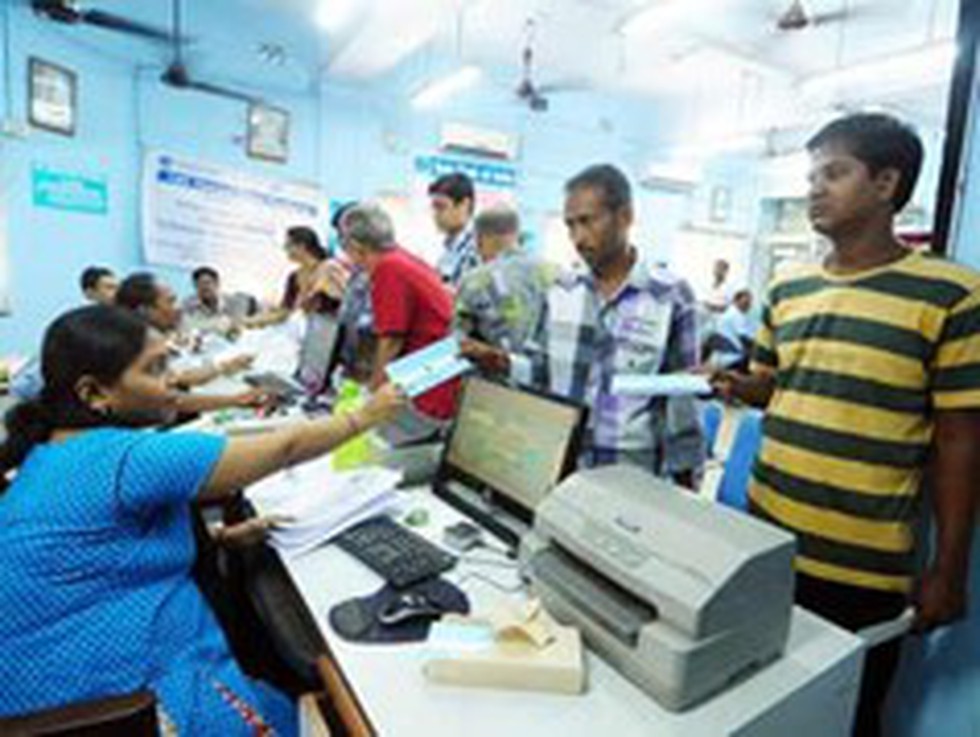
About Regional Rural Banks (RRBs):
- RRBs are government-owned scheduled commercial banks of India that operate at the regional level in different states of India.
- They serve the country’s rural areas and provide them with basic banking and other financial-related services.
- Origin:
- The Narasimham Committee on Rural Credit (1975) recommended the establishment of Regional Rural Banks (RRBs).
- The establishment of RRBs finds its route in the ordinance passed on 26th September 1975 and the RRB Act 1976.
- Prathama Grameen Bank was the first RRB bank and was established on 2nd October 1975.
- Functions:
- To provide basic banking facilities to rural and semi-urban areas.
- To effect some governmental functions, such as the disbursal of wages under the MGNREGA policy.
- To provide other bank-related facilities such as locker facility, internet banking, mobile banking, debit and credit cards, etc.
- Grant credit facilities to people in rural areas, such as small farmers, artisans, small entrepreneurs, etc.
- To accept deposits from people.
- Regulation: Regional Rural Banks are regulated by RBI and supervised by the National Bank for Agriculture and Rural Development (NABARD).
- Ownership: RRBs are jointly owned by the Government of India (GOI), the Sponsor Bank and the concerned State Government with share proportions of 50%, 35% & 15%, respectively.
- Management: The Board of Directors manages these banks, overall affairs, which consists of one Chairman, three Directors as nominated by the Central Government, a maximum of two Directors as nominated by the concerned State Government, and a maximum of three Directors as nominated by the sponsor bank.
Key Facts Pradhan Mantri Mudra Yojana (PMJDY):
- It is a flagship scheme of the Ministry of Finance, Government of India, launched on 8th April 2015.
- It is a Financial Inclusion (FI) programme in the country based on three pillars - Banking the Unbanked, Securing the Unsecured and Funding the Unfunded.
- Types of loans:
- Shishu - Covering loans up to Rs 50,000;
- Kishor - Covering loans above Rs 50,000 and up to Rs 5 lakh;
- Tarun - Covering loans above Rs 5 lakh and up to Rs 10 lakh.
- Eligibility:
- Any Indian Citizen with a business plan for a non-farm sector income-generating activities such as manufacturing, processing, trading or service sector.
- They can avail from all Public Sector Banks, Regional Rural Banks and Cooperative Banks, Private Sector Banks, Foreign Banks, Micro Finance Institutions (MFI) and Non-Banking Finance Companies (NBFC) up to Rs 10 lakhs Micro Units Development & Refinance Agency Ltd. (MUDRA) loans under PMMY.
Prelims Pointers
Aug. 31, 2023

About Millennium Challenge Corporation:
- MCC is an independent S. foreign assistance agency that has the goal of reducing poverty in developing countries.
- It was created by the S. Congress in 2004 to promote economic growth, open markets, and increased living standards in select countries.
- How does it work?
- MCC forms partnerships with countries that are committed to good governance, economic freedom and investing in their citizens.
- MCC provides selected countries with large-scale grants to fund projects for reducing poverty through sustainable economic growth.
- These projects include building infrastructure, reforming institutions, and promoting access to healthcare and education.
- MCC grants may complement other U.S. and international development programs.
- MCC utilises two primary types of grants: compacts and threshold programs.
- Compacts are large, 5-year grants for countries that pass MCC’s eligibility criteria.
- Threshold Programs are smaller grants awarded to countries that come close to passing these criteria and are committed to improving their policy performance.
- Governing Body: The U.S. Secretary of State, the Secretary of the Treasury, the U.S. Trade Representative, and the USAID Administrator serve on the MCC board along with four private sector representatives.
Prelims Pointers
Aug. 31, 2023
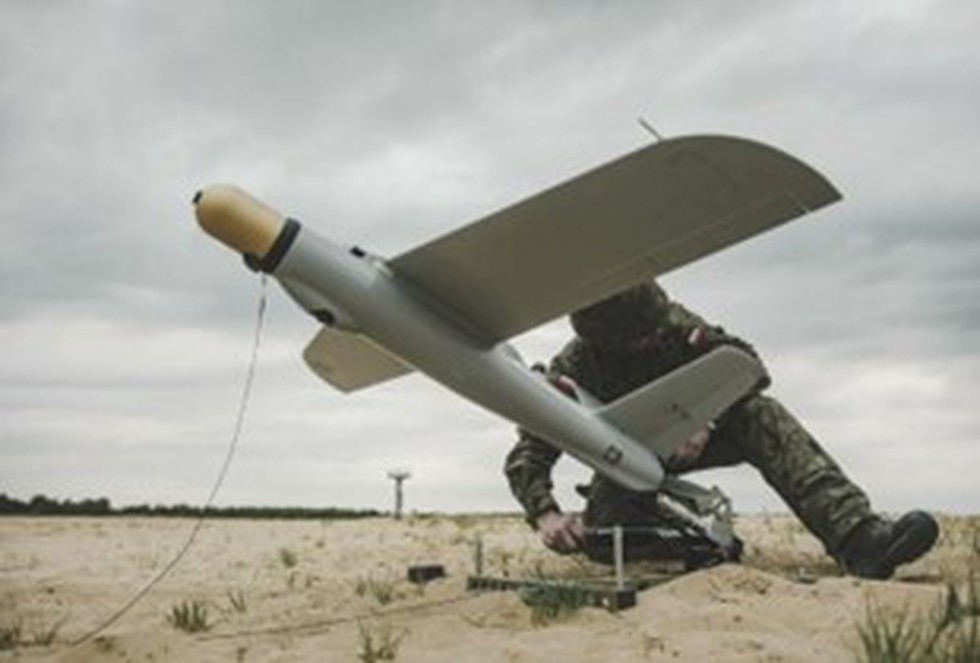
About Warmate:
- It is a micro loitering munition developed by Polish company WB Electronics.
- It is a combat mini UAV that provides a highly targeted strike capability.
- It is a multi-role system performing multiple tasks depending on the type of head installed.
- Features:
- It has a take-off weight of 4kg.
- Speed and Range: It can fly at a maximum velocity of 150km/h and can operate over a line of sight (LOS) range of 10km.
- Endurance: It has the ability to stay in the air for up to 30 minutes.
- Altitude:
- Its maximum flying altitudes are 500m above ground level (AGL) and 3,000m above mean sea level (AMSL).
- The operating altitudes of the UAV vary from 30m to 200m above the ground level (AGL).
- It can be operated from military vehicle platforms such as infantry or armoured personnel carriers.
- It can carry a variety of warheads, including high-explosive, anti-tank, and thermobaric.
- It is equipped with a variety of sensors, including a day/night camera and a laser target designator.
What is a Loitering munition?
- It is an unmanned aerial vehicle that is designed to self-destruct after serving its purpose.
- The name “loitering” derives from a defining characteristic: the ability to “loiter” in the air for an extended period of time before striking, giving the targeted time to decide when and what to strike.
Prelims Pointers
Aug. 31, 2023
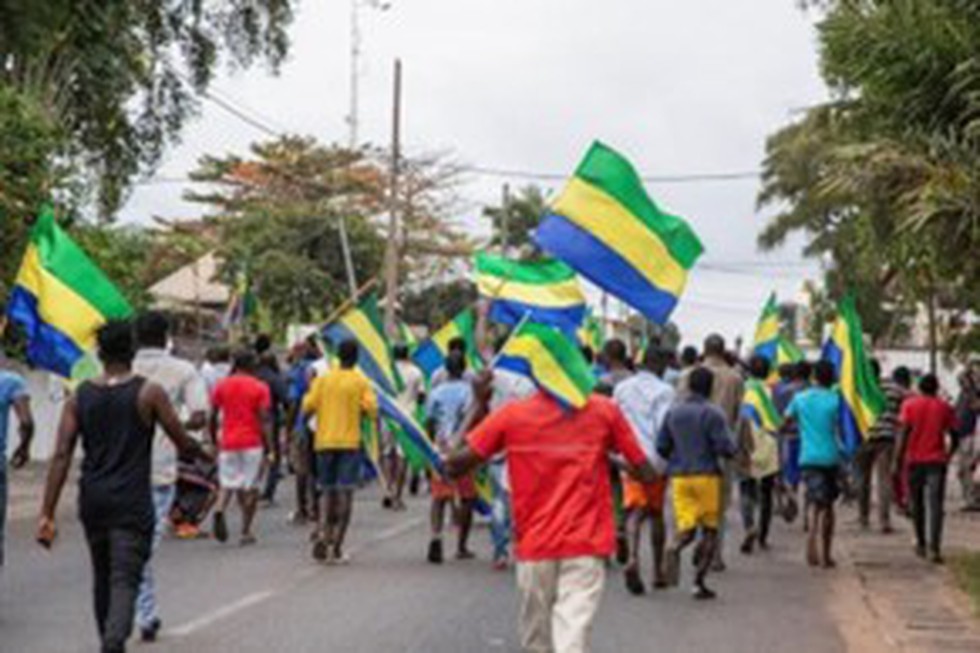
About Gabon:
- The Republic of Gabon is located at the Equator in West-Central Africa, bordering the Atlantic Ocean.
- Bordering countries: It is bordered by Equatorial Guinea and Cameroon to the north and the Republic of the Congo to the east and south.
- A former French colony, Gabon retains strong ties to France and to the French language and culture.
- Independence: Gabon gained independence from France on August 17, 1960.
- Government: It is a presidential republic where the president is both the head of state and the head of government of the country.
- Capital: Libreville
- Language: Spoken languages are French (official) and a variety of Bantu languages.
- Currency: The currency of Gabon is the Central African CFA franc (XAF), a currency used by five other African nations.
- Religion:
- A large majority of Gabon’s population is Christian.
- A small segment of the country’s population is Muslim.
- Adherents of traditional religions also account for a small segment of the population.
- Climate: It has an equatorial climate, with year-round high temperatures and humidity.
- Gabon's largest river is the Ogooué.
- About three-fourths of the country is covered by a dense equatorial rainforest containing more than 3,000 species of vegetation.
- It is a member of the United Nations, the African Union, and the Organization of Petroleum Exporting Countries (OPEC).
Aug. 30, 2023
Prelims Pointers
Aug. 30, 2023
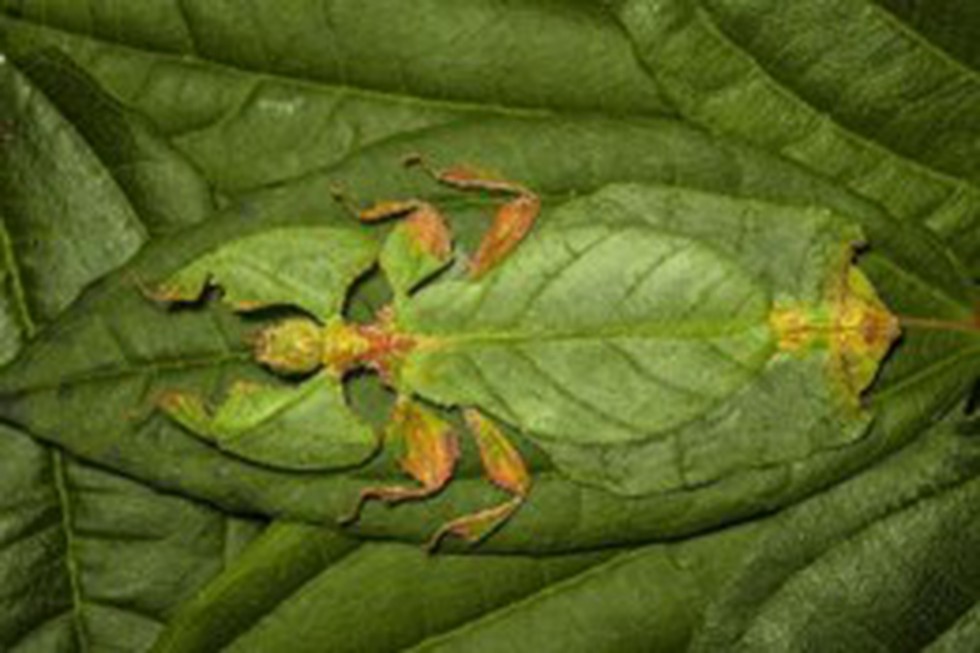
About Walking Leaves:
- Walking Leaves, also called leaf insects, are insects that look very similar to leaves.
- They are any of more than 50 species of flat, usually green insects (order Phasmida or Phasmatodea) that are known for their striking leaflike appearance.
- They feed on plants and typically inhabit densely vegetated areas.
- Distribution: Their natural range extends from islands in the Indian Ocean, across parts of mainland South Asia and Southeast Asia, to Papua New Guinea and Australia in the western Pacific.
- Features:
- They measure roughly 28 to 100 mm (1.1 to 3.9 inches) in body length.
- Males tend to be smaller than females.
- They are mostly brown or green, some slightly speckled or have serrated edges like nibbled leaves.
- Movement: They sway and rock back and forth, imitating the motion of leaves in the breeze.
- Female walking leaves cannot fly. Males can fly short distances thanks to their well-developed hind wings.
- The arms and legs of walking leaves can regenerate.
- Reproduction: These insects reproduce sexually, with females laying eggs. The eggs often resemble seeds or plant structures, adding to their camouflage.
Prelims Pointers
Aug. 30, 2023

About PRIP Scheme:
- The objective of the PRIP scheme is to transform the Indian Pharma MedTech sector from cost-based competitiveness to innovation-based growth by strengthening the research infrastructure in the country.
- The aim of the scheme is to promote industry-academia linkage for R&D in priority areas to inculcate a culture of quality research and nurture our pool of scientists.
- Rs 5,000 crore will be spent in five years (2024-28) under the PRIP scheme, and companies will be given incentives for research.
- The six focus areas of the scheme are:
- new chemical entities, including biological and phytopharmaceuticals;
- complex generics and biosimilars;
- precision medicines such as gene therapy and stem cells;
- medical devices using artificial intelligence and machine learning;
- orphan drugs;
- anti-microbial resistance;
- It focuses on two components:
- Strengthening research infrastructure through Centres of Excellence (CoE) in the seven existing National Institutes of Pharmaceutical Education and Research (NIPERs), Institutes of national importance at a tentative cost of Rs. 700 crore over a period of five years.
- Government engagement with nine established pharmaceutical companies with an outlay of Rs. 125 crores over five years, an aid of Rs. 100 crores to 30 research projects on high-potential products and funding to 125 research projects among startups.
- An Empowered Committee under the chairmanship of CEO, NITI Aayog, with the secretary-level representation of Pharmaceuticals, Health, ICMR, DBT, CSIR, AYUSH and DST, will provide guidance for the implementation of this ambitious scheme by the Department of Pharmaceuticals, Ministry of Chemicals and Fertilizers.
Prelims Pointers
Aug. 30, 2023
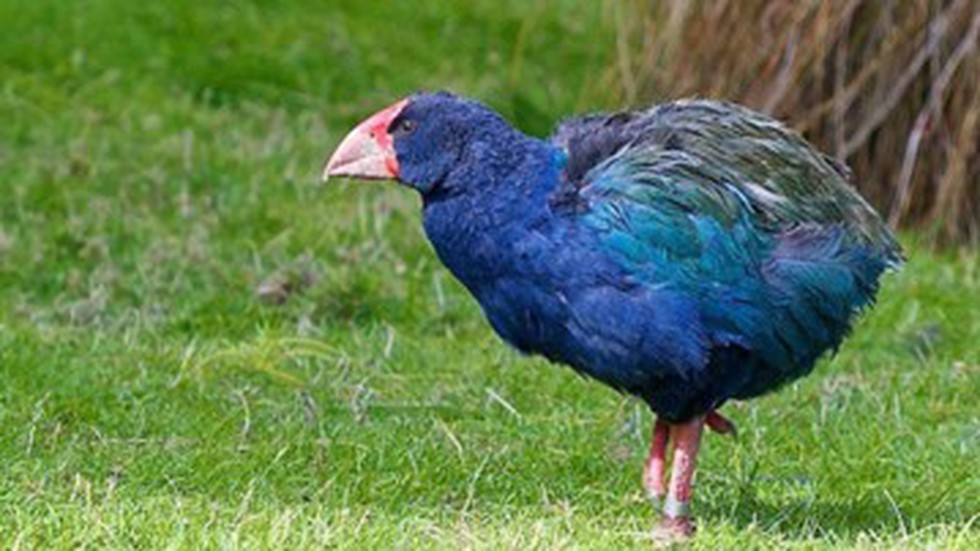
About Takahe Bird:
- It is hailed as one of the world’s rarest creatures native to New Zealand.
- They have been an intrinsic part of New Zealand's ecosystem since the prehistoric Pleistocene era, as evidenced by fossil remains.
- Their population nosedived during the late 1800s when European settlers came along with their animal companions— stoats, cats, ferrets and rats.
- The birds had been formally declared extinct in 1898. It was rediscovered in 1948 in several remote valleys on New Zealand’s South Island, and their numbers have been steadily growing since then.
- Features:
- They are large, stout birds with vibrant plumage.
- They have predominantly blue feathers on their bodies, green wings, and a large red beak.
- Their legs are pink, and they have a white undertail.
- Size: They grow up to the size of a large hen and can weigh as much as 3kg.
- Breeding: They breed only once a year, raising one to two chicks.
- Lifespan: They live up to 18 years in the wild and 22 years in sanctuaries.
- Diet: They live on a high-fibre diet of starchy leaves and seeds.
Prelims Pointers
Aug. 30, 2023
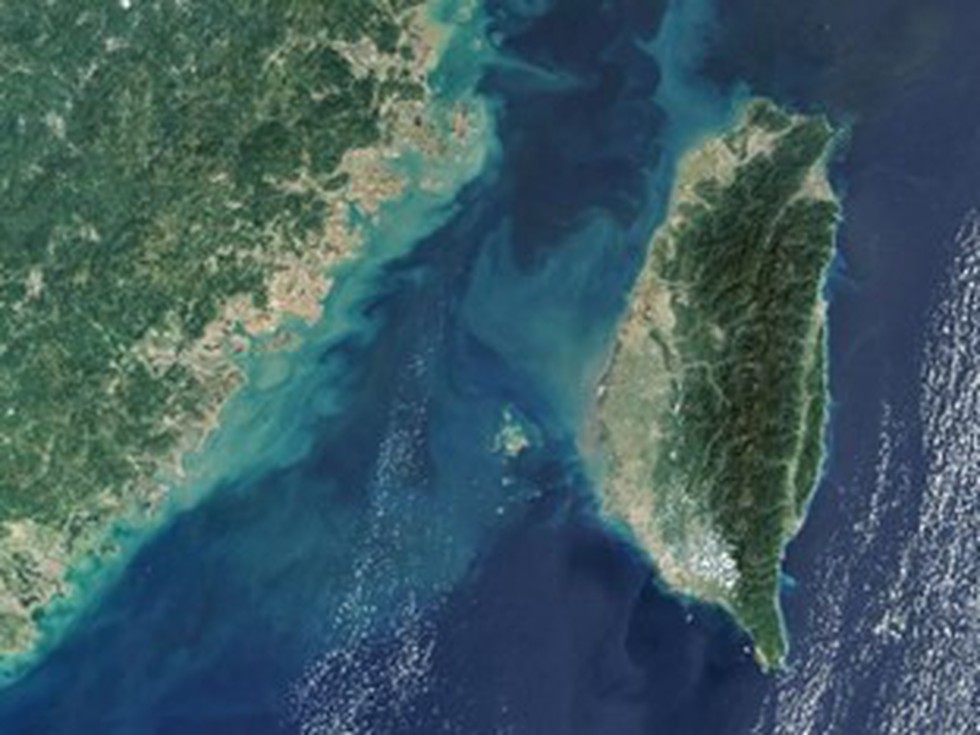
About Taiwan Strait:
- Taiwan Strait, also called Formosa Strait, is a 180-kilometre-wide strait separating the island of Taiwan and continental Asia.
- The strait extends from southwest to northeast between the South and East China Seas.
- The narrowest part is 130 km wide.
- It reaches a depth of about 230 feet (70 m) and contains the Pescadores Islands (which are controlled by the government of Taiwan).
- The chief ports are Amoy in mainland China and Kaohsiung in Taiwan.
- The median line of the Taiwan Strait:
- It is the informal dividing line in the Taiwan Strait between the Chinese mainland and Taiwan.
- It came about during the Cold War as a way to try and delineate the two opposing sides and reduce the risk of clashes.
- No agreement or treaty ever solidified its status. But over the decades, it helped keep Taiwan and China's militaries apart.
Key Facts about Taiwan:
- It is an island territory in East Asia, between the East China Sea in the north and the South China Sea in the south.
- The Republic of China (ROC) is the official name of the territory and government of Taiwan.
- Taiwan's main island is located east off the southeastern coast of the People's Republic of China, separated by the Taiwan Strait and 370 km (230 mi) north of Luzon Island (Philippines).
- It shares maritime borders with China, Japan and the Philippines.
- Capital: Taipei
- Languages: Spoken languages are Mandarin Chinese (Putonghua; official) and Taiwanese (Taiwanese Hokkien); regional languages are Hakka and Formosan languages.
- Religion: The main religions are Buddhism (35%) and Taoism (33%).
Prelims Pointers
Aug. 30, 2023
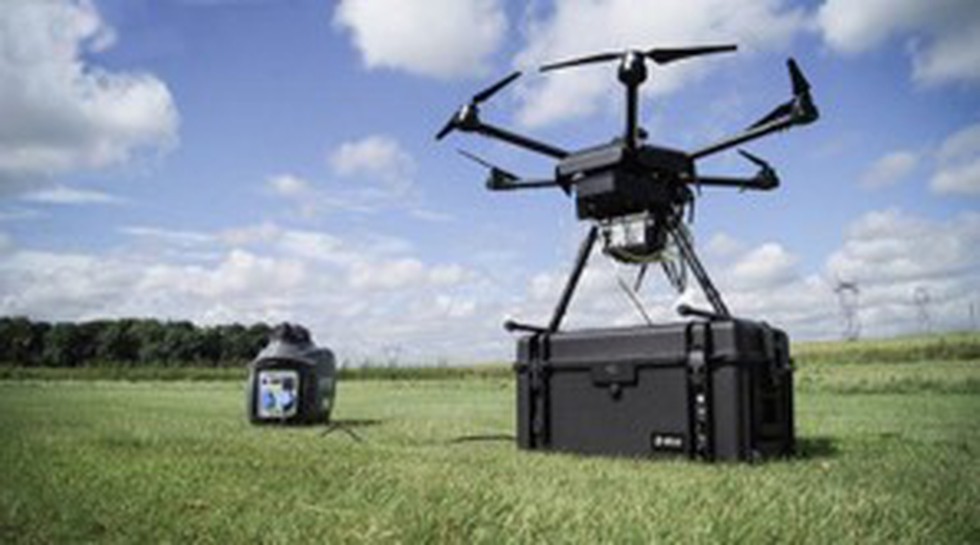
About Tethered Drone:
- A tethered drone is an unmanned aerial vehicle tethered to the ground.
- It consists of a base station on the ground and the drone, which is connected to the station through the tether (cable).
- This tether provides power and data communication to the drone, allowing it to operate for extended periods without the limitations of a finite onboard battery.
- The drone can be operated remotely to perform specific tasks.
- Advantages:
- Tethered UAVs are perfect for data capture and telemetry due to the reliability of tethered connections.
- They dramatically reduce technical and human error crashes in flight.
- They provide a secure line of communication between the ground station and the aircraft.
- The physical connection to the ground makes tethered drones less vulnerable to interference or hacking compared to wireless drones.
- It also does not require GPS navigation.
- Many tethered drones have longer flight times compared to free-flying, battery-operated drones.
- Due to the restricted movement of a tethered drone, the operator does not need piloting skills and can mainly focus on their tasks.
Prelims Pointers
Aug. 30, 2023
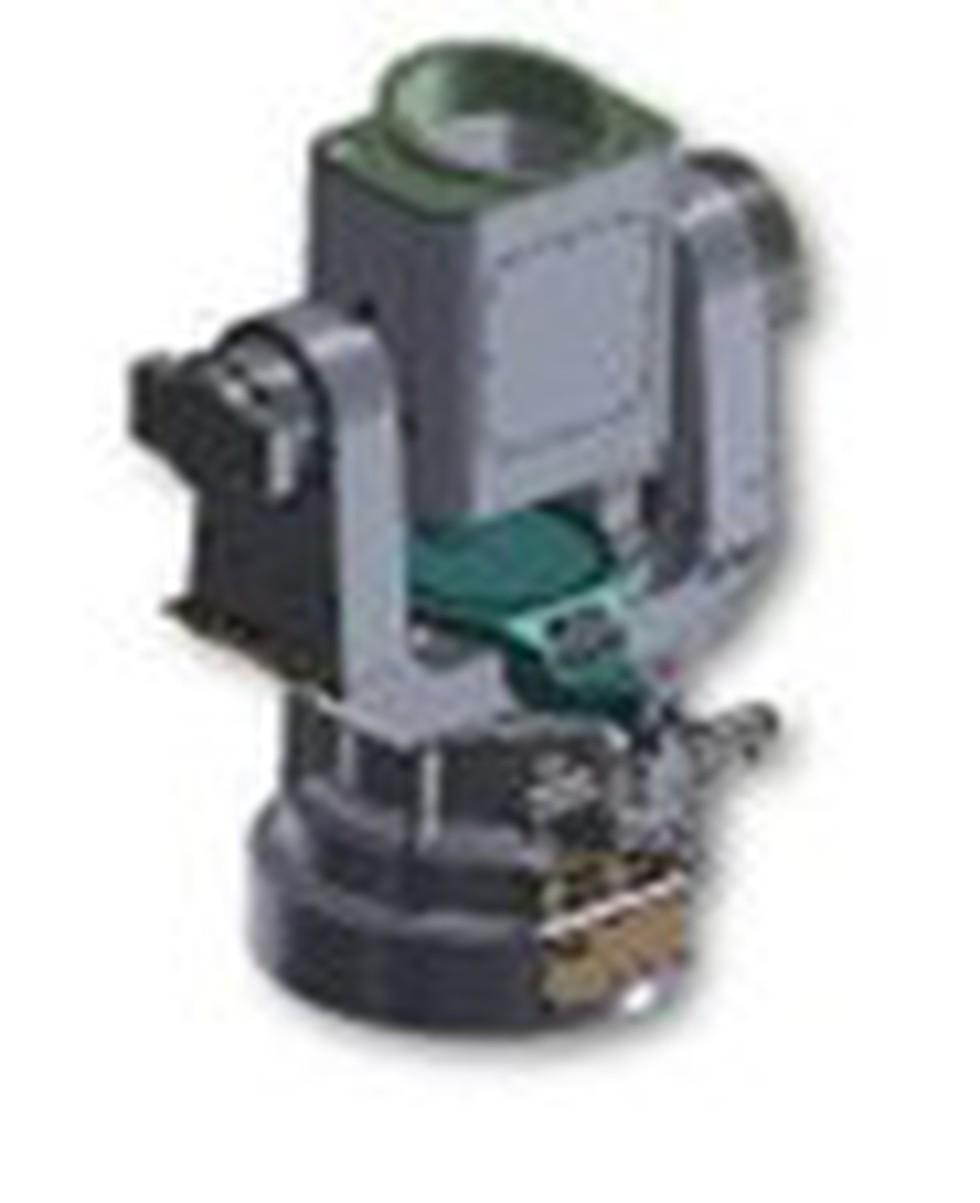
About ILLUMA-T:
- It is approximately the size of a standard refrigerator.
- It will be secured to an external module on the International Space Station to conduct its demonstration with Laser Communications Relay Demonstration LCRD.
- The ILLUMA-T, along with the LCRD (Launched in December 2021), will complete NASA’s first two-way, end-to-end laser relay system.
- Once ILLUMA-T is on the space station, the terminal will send high-resolution data, including pictures and videos, to LCRD at a rate of 1.2 gigabits per second.
- It is scheduled to launch on SpaceX’s 29th Commercial Resupply Services mission for NASA.
- After its launch, ILLUMA-T will be installed on the station’s Japanese Experiment Module-Exposed Facility (JEM-EF).
Benefits
- Laser communications enable missions to transmit more data in a single transmission.
- More science and exploration data from space allow NASA to make more discoveries about our planet, microgravity, and the human spaceflight experience.
- Laser communications systems provide numerous benefits to missions, including improved size, weight, and power requirements over comparable radio systems.
- A smaller size increases the capacity of the spacecraft for other science instruments.
- Less weight enables cost savings. Less power drain also means longer-lasting batteries.
Prelims Pointers
Aug. 30, 2023

About Electrified Flex fuel vehicle:
- It is the World’s first BS-6 Stage-II Electrified Flex fuel vehicle.
- An Electrified Flex Fuel Vehicle has both a Flexi Fuel engine and an electric powertrain.
How Do Flexible Fuel Cars Work Using Ethanol?
- Flexible fuel vehicles (FFVs) have an internal combustion engine and are capable of operating on gasoline and any blend of gasoline and ethanol up to 83%.
- In flex fuels, the ratio of ethanol to petrol can be adjusted, but the most commonly used flex fuel uses 85 per cent ethanol and 15 per cent petrol.
- Bio-ethanol contains less energy per litre than petrol, but the calorific value (energy contained in the fuel) of bio-ethanol will become on par with petrol with the use of advanced technology.
- Since an FFV is capable of running on either petrol or ethanol, it will be the first of its kind 100 per cent dual fuel vehicle to be running on Indian roads.
- Flex fuel engines are already popular in Brazil, the United States, the European Union and China, among many others.
What is Ethanol?
- Ethanol (also called ethyl alcohol or alcohol) is a biofuel with the chemical formula C2H5OH.
- It is a by-product of the sugar production process and can be an excellent substitute for petrol as a fuel mix.
- Ethanol is more affordable than petrol, as it can be produced domestically from crops, unlike crude oil, which needs to be imported.
- It is a complex derivative of biomass left by agricultural feedstocks such as corn, sugarcane, hemp (bhang), potato, and rice, among many other things.
- Using ethanol-blended fuel can help reduce our carbon footprint and create a cleaner, healthier environment for future generations.
- Ethanol-blended petrol has significantly reduced emissions of harmful pollutants such as carbon monoxide, hydrocarbons, and nitrogen oxides.
- India is the fifth largest manufacturer of ethanol, following the US, Brazil, the European Union and China.
Prelims Pointers
Aug. 30, 2023
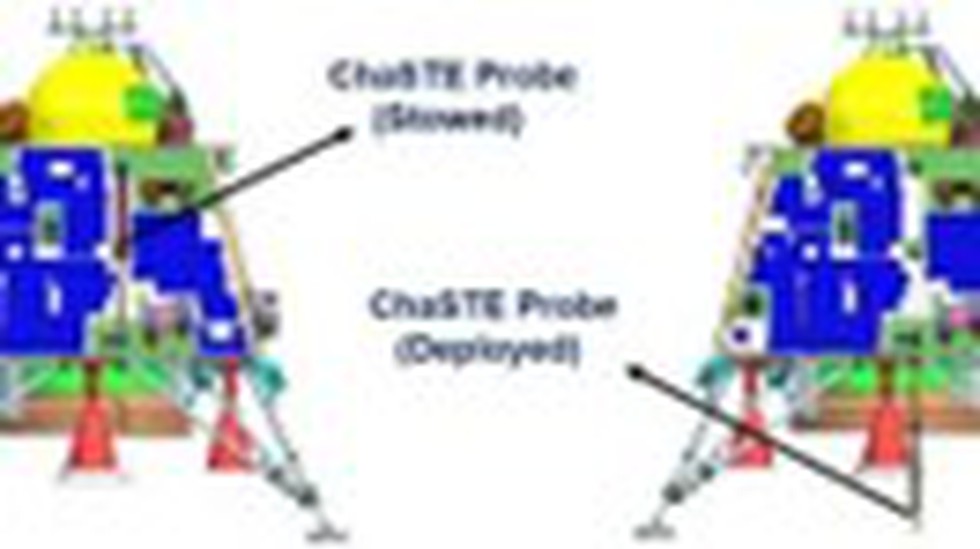
About ChaSTE Probe:
- The Chandra’s Surface Thermophysical Experiment (ChaSTE) is a temperature probe.
- It can be driven into the moon’s surface using a motor to a depth of up to 10 cm. It has 10 sensors.
- It measured the temperature profile of the lunar topsoil around the South Pole to understand its thermal behaviour.
- It was developed by the Space Physics Laboratory of ISRO’s Vikram Sarabhai Space Centre (VSSC), together with the Physical Research Laboratory (PRL), Ahmedabad.
- Its findings reflect this variation between the moon’s surface, which is covered by a patina of loose rocks and dust called the lunar regolith and 10 cm under it.
- Its data show that at the moon’s surface (where the lander is located, a point between the craters Manzinus C and Simpelius N), the temperature is 40-50 degrees But just under 80 mm under, it plunges to around -10 degrees C.
- Significance of the findings
- The temperature variation indicates that the moon’s topsoil is a powerful thermal insulator, in keeping with previous findings.
- It adds credence to the idea that it can be used to build habitats for humans to shield them from frigid conditions and harmful radiation.
Prelims Pointers
Aug. 30, 2023
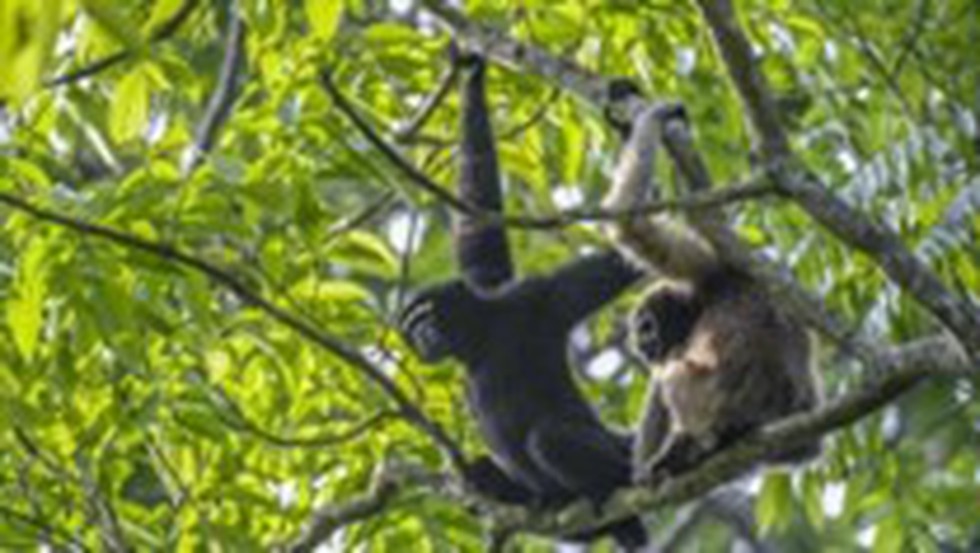
About Hollongapar Gibbon Sanctuary:
- The Hoollongapar Gibbon Sanctuary was renamed on 25 May 2004, formerly known as the Gibbon Wildlife Sanctuary or Hollongapar Reserve Forest.
- It is an isolated protected area of evergreen forest located in the Jorhat district of Assam.
- Vegetation: The upper canopy of the forest is dominated by the Hollong tree, while the Nahar dominates the middle canopy. The lower canopy consists of evergreen shrubs and herbs.
- Fauna:
- The sanctuary has a rich biodiversity and is home to the only apes in India, the western Hoolock, as well as the only nocturnal primate found in the northeast Indian states, the Bengal slow loris.
- Also it is home to Stump-tailed macaque, northern pig-tailed macaque, eastern Assamese macaque, rhesus macaque, and capped langur etc
Key facts about Hoolock Gibbon
- It is the only ape found in India.
- It is native to eastern Bangladesh, Northeast India, Myanmar, and Southwest China.
- Gibbons, the smallest and fastest of all apes, live in tropical and subtropical forests in the southeastern part of Asia.
- The Hoolock gibbon, unique to India’s northeast, is one of 20 species of gibbons on Earth.
- It is categorised into Western Hoolock Gibbon and Eastern Hoolock Gibbon.
- Like all apes, they are extremely intelligent, with distinct personalities and strong family bonds.
- Western Hoolock Gibbon
- It has a much wider range, as it is found in all the states of the northeast, restricted between the south of the Brahmaputra River and east of the Dibang River.
- It is listed as Endangered on the IUCN Red List.
- Eastern Hoolock gibbon
- It inhabits specific pockets of Arunachal Pradesh and Assam in India, and southern China and northeast Myanmar.
- It is listed as Vulnerable in the IUCN Red list.
Prelims Pointers
Aug. 30, 2023

About GREAT Scheme:
- Grant for Research and Entrepreneurship across Aspiring Innovators in Technical Textiles (GREAT) Scheme focuses on supporting individuals and companies to translate prototypes to technologies & products, including commercialisation.
- Aim: To provide much-needed impetus for the development of the technical textiles startup ecosystem in India, especially in niche sub-segments such as bio-degradable and sustainable textiles, high-performance and speciality fibres, and smart textiles.
- Funding:
- Under this scheme, a grant-in-aid of up to Rs 50 lakh for up to a period of 18 months will be provided.
- The textile ministry will additionally provide 10 per cent of the total grant-in-aid to incubators.
- Only a minimum of 10 per cent contribution has to be made by the incubatee.
- All of this is being done by incubators like IITs, NITs, Textiles Research Associations, and Centres of Excellence.
- The textiles ministry has also given a nod to 26 institutes for upgrading their laboratory infrastructure and training of trainers in the application areas of technical textiles.
- The scheme will be commensurate with the National Technical Textiles Mission.
Key facts about the National Technical Textiles Mission (NTTM)
- It was launched to increase the penetration level of technical textiles in India while leveraging the extraordinary growth rate of the sector.
- The mission aims to position India as a global leader in Technical Textiles.
- The mission will comprise the following four components:
- Research, Innovation and Development
- Promotion and Market Development
- Export Promotion
- Education, Training, Skill Development
- Nodal Ministry: Ministry of Textiles
- Implementation: It has been approved with an implementation period of four years , starting from FY 2020-21 till FY 2023-24.
Aug. 29, 2023
Prelims Pointers
Aug. 29, 2023

About White-tailed deer:
- They are the smallest members of the North American deer family.
- Distribution: They are found in North America from southern Canada through Central America.
- Habitat:
- Includes areas along streams and rivers, mixed woodlands, farms, forests, and burned shrub fields.
- Open areas are used only when thick shrubs or forests are nearby.
- Appearance:
- It is tan or brown in the summerand greyish brown in winter.
- It has white on its throat, around its eyes and nose, on its stomach, and on the underside of its tail.
- Only male deer grow antlers, which are shed each year.
- They are excellent runners. They can run at speeds of up to 30 miles an hour.
- Conservation status:
- IUCN Status: Least Concern
Prelims Pointers
Aug. 29, 2023

About National Career Service (NCS):
- NCS aims to bridge the gap between those who need jobs and those who want to hire them, between people seeking career guidance and training and those who can provide the counselling and training.
- It was launched in the year 2015.
- It provides a host of career-related services such as dynamic job matching, career counselling, job notifications, vocational guidance, and information on skill development courses, internships and alike.
- The focus areas for the NCS platform are listed below:
- Enhancing Career and employment opportunities;
- Counselling and guidance for career development;
- Focusing on decent employment;
- Enhancing female labour force participation;
- Encouraging entrepreneurial endeavours;
- It aims to reach out to people across the country, particularly youth, through a well-designed structure comprising an ICT-based portal, a countrywide set-up of career centres, a multilingual call centre, and a network of career counsellors.
- Nodal Agency: The project is being implemented by the Directorate General of Employment, Ministry of Labour & Employment.
- NCS portal:
- The NCS Portal links job-seekers, employers, counsellors and training providers, all through Aadhaar-based authentication.
- Registration is online and free of charge.
- The portal provides information on over 3000 career options from 53 key industry Sectors - from IT to Textiles, Construction to Automobiles, Pharma and much more.
- Job-seekers also have access to industry trends in a user-friendly way.
Prelims Pointers
Aug. 29, 2023
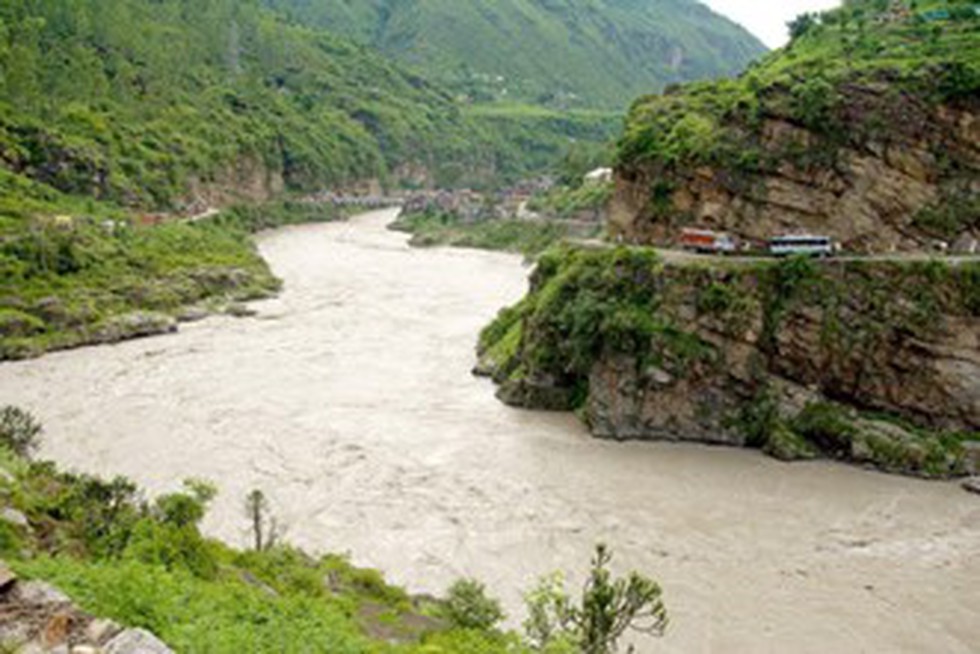
About Sutlej River:
- It is the longest of the five tributaries of the Indus River.
- It is also known as "Satadree".
- Origin: It rises on the north slope of the Himalayas in Lake Rakshastal in southwestern Tibet at an elevation above 15,000 feet (4,600 metres).
- Course:
- The river enters India by flowing west and south-westwards through the Shipki La Pass in Himachal Pradesh at an altitude of 6,608 metres.
- The river then flows through Punjab near Nangal before meeting the Beas River. The merger of these two rivers goes on to form 105 Km of the India-Pakistan border.
- The river continues to flow for another 350 Km before joining the Chenab River.
- The combination of the Sutlej and Chenab Rivers form the Panjnad, which finally flows into the Indus River.
- Length: It has a total length of 1550 km, out of which 529 km is in Pakistan.
- Tributaries: It has many tributaries, with Baspa, Spiti, Nogli Khad and Soan River being its main ones.
- Water from the Sutlej River has been allocated to India according to the Indus Waters Treaty of 1960.
- There are several major hydroelectric projects on the Sutlej, including the 1,000 MW Bhakra Dam, the 1,000 MW Karcham Wangtoo Hydroelectric Plant, and the 1,530 MW Nathpa Jhakri Dam.
Prelims Pointers
Aug. 29, 2023
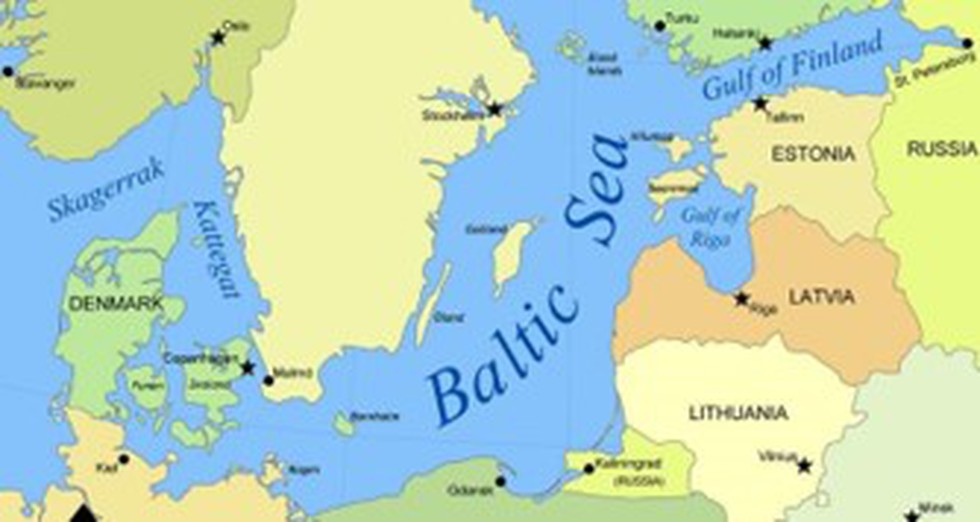
About Baltic Nations:
- The Baltic nations, often collectively referred to as the "Baltic States," are a group of three countries in Northern Europe located along the eastern coast of the Baltic Sea.
- They are Estonia, Latvia and Lithuania.
- They are bounded on the west and north by the Baltic Sea, on the east by Russia, on the southeast by Belarus, and on the southwest by Poland and an exclave of Russia.
- Capitals: Tallinn (Estonia), Riga (Latvia) and Vilnius (Lithuania).
- Languages: Spoken languages are Estonian, Latvian and Lithuanian. In Estonia and Latvia, about one-quarter of the population are ethnic Russians.
- Independence: They gained their independence first from the Russian Empire at the end of World War I in 1918 and later from the Soviet Union in the early 1990s.
- The Baltic States have been members of the European Union (EU) since 2004.
Who are the Wagner Group of mercenaries?
- The Wagner Group, also known as PMC Wagner, is a Russian paramilitary organisation.
- Origin: The group is believed to have been founded in 2014 by a Russian veteran of the Chechen war who so admired Hitler he named the group after Richard Wagner, the führer's favourite composer.
- The skull is the symbol of the Wagner Group.
- The organisation first came to the world's attention in 2014, fighting alongside Russian-backed separatists in the Donbas region of eastern Ukraine.
- The organisation has also been active across Africa in recent years — Libya, Sudan, Mozambique, Mali and the Central African Republic.
- Today, there are thought to be some 10,000 Wagner Group members.
- The U.S. government has called Wagner a "proxy force" of Russia's defence ministry.
Prelims Pointers
Aug. 29, 2023
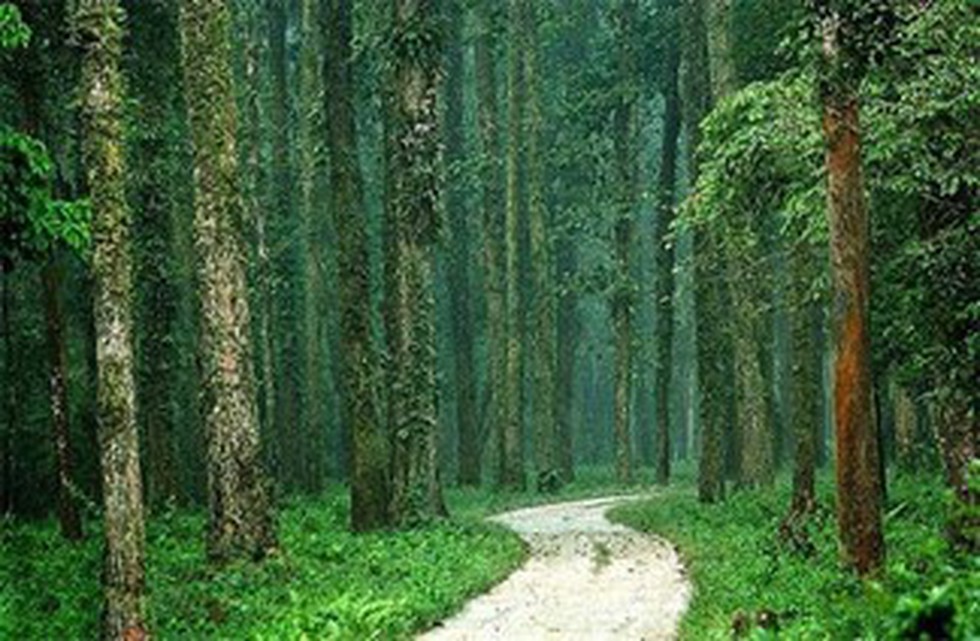
About Mahananda Wildlife Sanctuary:
- Location:
- It is situated in the Darjeeling district of West Bengal.
- It is located on the foothills of the Himalayas and in between the Teesta and the Mahananda rivers.
- It was started as a game sanctuary for children in 1955. In 1959, it got the status of a sanctuary mainly to protect the Indian Bison and Royal Bengal Tiger.
- The Sanctuary reaches up to a high elevation at Latpanchar in Kurseong Hill.
- Terrain: The terrain is undulating, with moderate to steep slopes and high ridges towards the north.
- Vegetation: It varies mainly from riverine forests to dense mixed-wet forests due to the difference in altitude.
- Flora:
- Mainly, Sal, Shisu, Teak and Jarul forests are available here.
- Other plantations include Udal, Champ, Lali, Jarul, Gamar, Mandane, Bamboos, Ferns, Orchids, Sidha etc.
- Fauna:
- The important mammalian species include the Royal Bengal Tiger, Indian elephants, Indian bison, spotted deer, barking deer, many species of lesser cat, Himalayan black bear, etc.
- The Sanctuary also holds hundreds of feathered species. It includes endangered species like fairy bluebird, Himalayan pied hornbill, etc.
Prelims Pointers
Aug. 29, 2023

About Tidal Disruption Event (TDE):
- TDE is a phenomenon in astronomy that occurs when a star passes too close to a supermassive black hole or a massive stellar-mass black hole.
- The intense gravitational forces from the black hole cause tidal forces that can tear the star apart. This process is also known as "tidal disruption."
- How does a TDE typically unfold?
- Close Approach: A star in a galaxy approaches a black hole on a very close trajectory due to gravitational interactions within the galaxy.
- Tidal Forces: As the star gets closer to the black hole, the gravitational forces acting on it become increasingly uneven due to the difference in gravitational pull on the near side and far side of the star. These tidal forces can be strong enough to disrupt the star.
- Stellar Disruption: When the tidal forces exceed the self-gravitational forces holding the star together, it undergoes a process called "tidal disruption." The star is stretched and eventually torn apart into a stream of gas and debris.
- Accretion Disk Formation: The debris from the disrupted star forms an accretion disk around the black hole. This disk is composed of hot gas and dust, and it spirals inwards towards the black hole.
- Energy Release: As the material in the accretion disk spirals inwards, it releases a tremendous amount of energy in the form of X-rays and ultraviolet radiation.
- Flares and Observations: TDEs are often observed as bright flares of radiation from the centre of a galaxy. These flares can last for several months to years, gradually fading as the disrupted star's material is consumed by the black hole.
What is a Blackhole?
- A black hole is a place in space where gravity pulls so much that even light cannot get out. The gravity is so strong because matter has been squeezed into a tiny space.
- This can happen when a star is dying.
- Because no light can get out, people can't see black holes. They are invisible. Space telescopes with special tools can help find black holes.
- Event Horizon: The event horizon is the boundary around a black hole beyond which nothing can escape, not even light. It marks the point of no return. Anything that crosses this boundary is inevitably drawn into the black hole.
- Supermassive Black Holes: These are found at the centres of most galaxies and have masses ranging from millions to billions of times that of our Sun.
Prelims Pointers
Aug. 29, 2023

About Cinnamon:
- It is one of the earliest known spices mainly cultivated for the dried inner bark of the tree.
- It is a native of Sri Lanka and is cultivated in lower elevations of Western Ghats in Kerala and Tamil Nadu.
- It is a hardy plant and tolerates a wide range of soil and climatic conditions.
- Soil and climate:
- The tree is grown on laterite and sandy patches with poor nutrient status.
- It comes up well from sea level to an elevation of about 1,000 m.
- Since it is mostly raised as a rainfed crop, an annual rainfall of 200-250 cm is ideal.
- Health benefits
- Researchers observed that cinnamon and its active components could mitigate oxidative stress and decrease the spread of cancer cells in the prostate gland.
- They also observed beneficial effects on bone mineral content and a decrease in bone degeneration in rats.
Prelims Pointers
Aug. 29, 2023

About Somatic genetic variants:
- It is also known as somatic mutations, which refer to alterations in the DNA sequence that occur in the cells of an individual’s body after conception.
- Somatic genetic variants are important for a number of normal physiological processes. For example, the immune cells in our body, which produce antibodies, undergo an enormous amount of somatic changes to create diverse proteins.
Where do somatic mutations happen?
- The change to a person’s DNA during a somatic mutation happens after fertilisation in any cell of their body that isn't a sperm or egg cell (germ cells).
- Cells continuously copy and replace themselves in humans.
- If a mutation occurs, all cells that form from that affected cell will have that mutation in their DNA.
- These mutations don’t pass from parents to their children (not hereditary) and happen sporadically or randomly.
- Common somatic mutation conditions include Skin cancer, Lung Cancer, Sturge-Weber syndrome, etc.
Prelims Pointers
Aug. 29, 2023
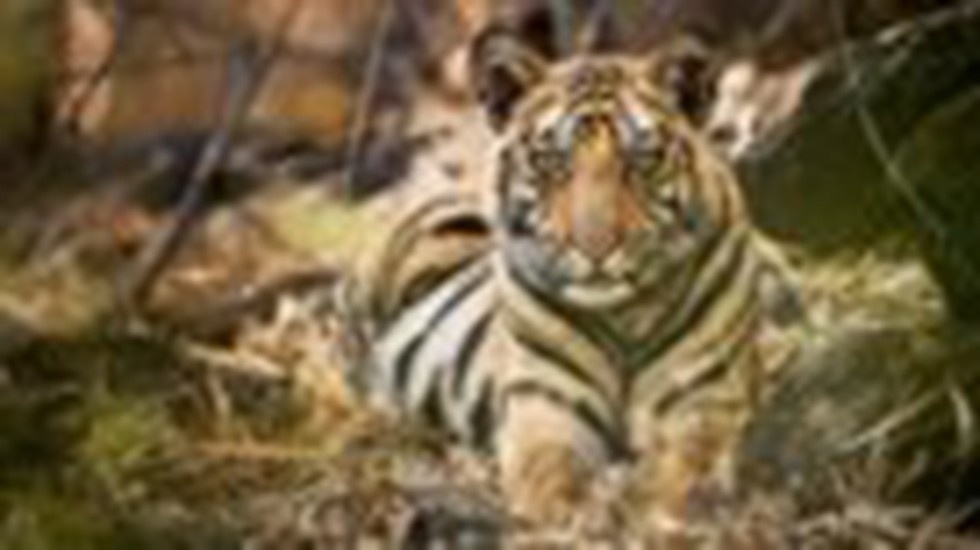
About the Terai-Arc Landscape:
- It is an 810km stretch between the river Yamuna in the west and the river Bhagmati in the east.
- It comprises the Shivalik hills, the adjoining bhabhar areas and the Terai flood plains.
- It is spread across the Indian states of Uttarakhand, Uttar Pradesh, Bihar, and the low-lying hills of Nepal.
- About 22% of the wild tiger population in India is found across the TAL, living amidst some of the highest human and livestock densities on the subcontinent.
- The landscape boasts of some of India’s most well-known Tiger Reserves and Protected Areas, such as Corbett Tiger Reserve, Rajaji National Park, Dudhwa Tiger Reserve, Valmiki Tiger Reserve and Nepal’s Bardia Wildlife Sanctuary, Chitwan National Park, Sukhla Phanta Wildlife Sanctuary.
- These forests are home to three flagship species: the Bengal tiger(Panthera tigris), the greater one-horned rhino (Rhinoceros unicornis) and the Asian elephant (Elephas maximus).
Key Facts about the Wildlife Institute of India
- It is an autonomous Institution of the Ministry of Environment, Forest and Climate Change, Government of India.
- It was established in 1982.
- It offers training programs, academic courses and advisory in wildlife research and management.
- The Institute is actively engaged in research across the breadth of the country on biodiversity-related issues.
Prelims Pointers
Aug. 29, 2023
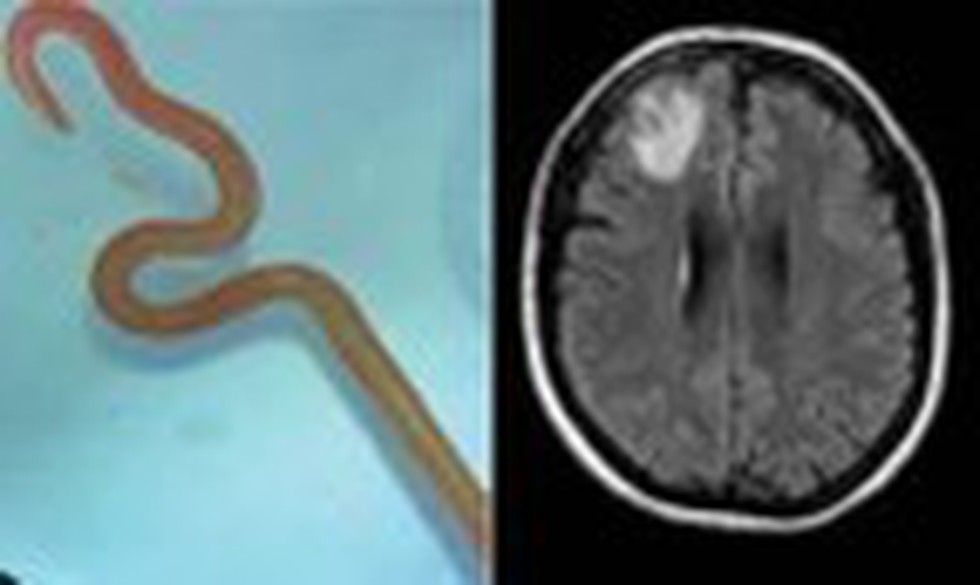
Why in the news?
- It is the first-ever human case of Ophidascaris robertsi roundworm.
About Ophidascaris robertsi:
- It is a parasitic roundworm typically found in carpet pythons.
- It typically lives in a python’s oesophagus and stomach and sheds its eggs in the host’s faeces.
- Humans infected with Ophidascaris robertsi larvae would be considered accidental hosts.
- Roundworms are incredibly resilient and able to thrive in a wide range of environments.
- In humans, they can cause stomach pain, vomiting, diarrhoea, appetite and weight loss, fever and tiredness.
- This infection is not transmitted between people.
Key facts about carpet pythons
- Morelia spilota, commonly referred to as the carpet python, is a large snake of the family Pythonidae.
- It is found in Australia, New Guinea (Indonesia and Papua New Guinea), the Bismarck Archipelago, and the northern Solomon Islands.
- Conservation status
- IUCN: Least concern
Aug. 28, 2023
Prelims Pointers
Aug. 28, 2023
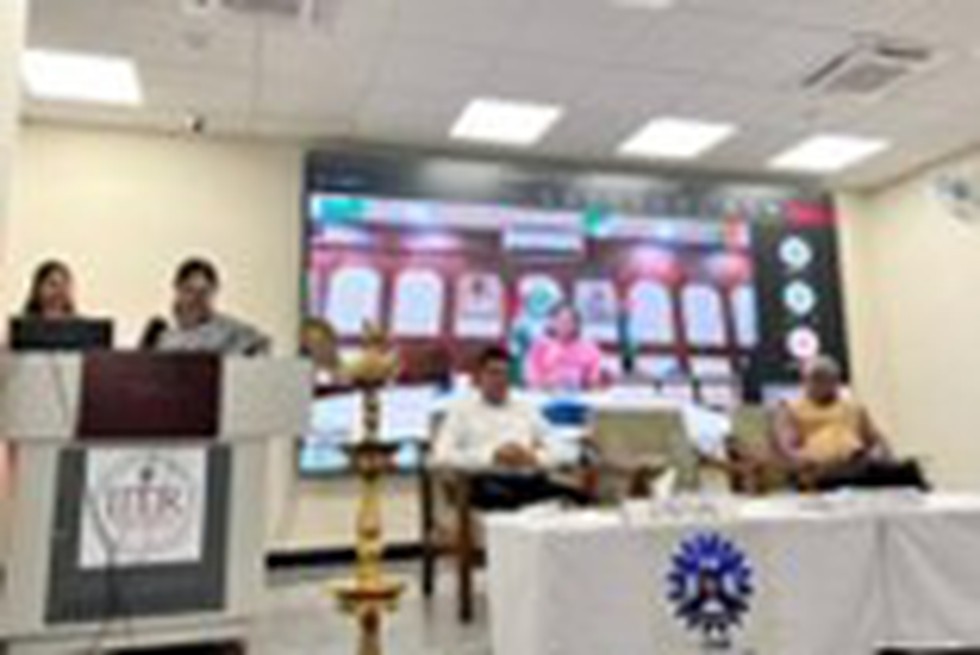
About Common Research and Technology Development Hub:
- It is part of the Department of Scientific and Industrial Research (DSIR)-Industrial R&D Programme (IRD).
- This programme aimed at the creation of Common Research and Technology Development Hubs (CRTDHs) to encourage research and technology development activities by Micro and Small enterprises (MSEs).
- Partial financial support would be provided to eligible institutions as grant-in-aid to establish CRTDHs for enabling MSEs to conduct industrial R&D and innovation activities.
- These hubs would facilitate MSEs to undertake new/improved product/process development and skill enhancement activities.
- The collaborating institutions would extend hands-on training, skill development and research information facilities to the MSEs, apart from research and technology development infrastructure.
- Creation of these CRTDHs will enhance productivity, increase the innovative skills of the MSEs, help them become globally competitive, and also generate more employment.
- Eligibility: Public-funded bodies or Institutions having a distinct legal entity, which are willing and capable of setting up these CRTDHs.
Prelims Pointers
Aug. 28, 2023
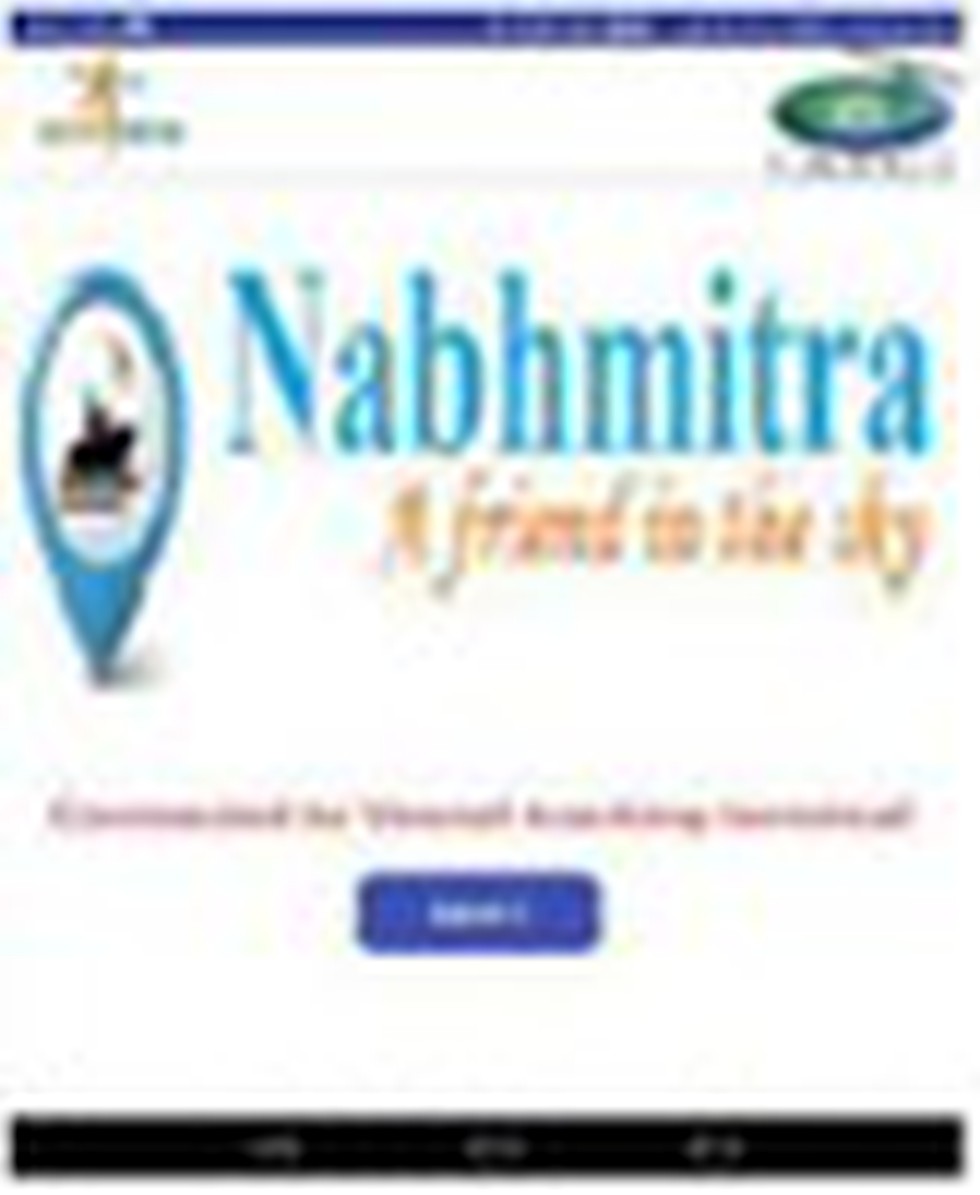
About Nabhmitra device:
- It is a satellite-based communication system developed for the safety of fishermen.
- It enables two-way messaging services from and to the sea.
- The weather and cyclone warnings will be communicated in the local language, the boats can also send distress messages to the authorities.
- In emergency situations like capsizing and fire, fishers can press a button on the device and get in touch with the control centre.
- While the control centre will receive the alert, including the location of the boat, the crew on the boat will get a response message from the control centre.
- Apart from providing information about shipping channels and maritime boundaries, the device will also help to identify fishing fields.
- It was developed by the Indian Space Research Organisation (ISRO).
Prelims Pointers
Aug. 28, 2023

About Chokuwa rice:
- It is also known as Magic rice cultivated in Assam.
- It is a part of Assam's culinary heritage; this unique rice has been a staple of the troops of the mighty Ahom dynasty.
- This unique and healthy rice is cultivated around the Brahmaputra River area.(In several parts of Assam like Tinsukia, Dhemaji, Dibrugarh, etc.)
- It is basically semi-glutinous winter rice, known as Sali rice.
- The sticky and glutinous variety is categorised as Bora and Chokuwa based on their amylose concentration.
- The low amylase Chokuwa rice variants are used to make soft rice, which is known as Komal Chaul or soft rice.
- This whole grain can be consumed after soaking the rice in cold or lukewarm water. This rice variety is widely consumed for its convenience of preparation and nutritional value.
- This unique rice variety is consumed with curd, sugar, jaggery, and bananas to name a few.
- This rice is also used in making several Assamese delights like Pithe and other local dishes.
What is a Geographical Indication Tag?
- It is a sign used on products that have a specific geographical origin and possess qualities or a reputation that are due to that origin.
- This is typically used for agricultural products, foodstuffs, wine and spirit drinks, handicrafts and industrial products.
- The Geographical Indications of Goods (Registration and Protection) Act, 1999 seeks to provide for the registration and better protection of geographical indications relating to goods in India.
- This GI tag is valid for 10 years, following which it can be renewed.
Prelims Pointers
Aug. 28, 2023
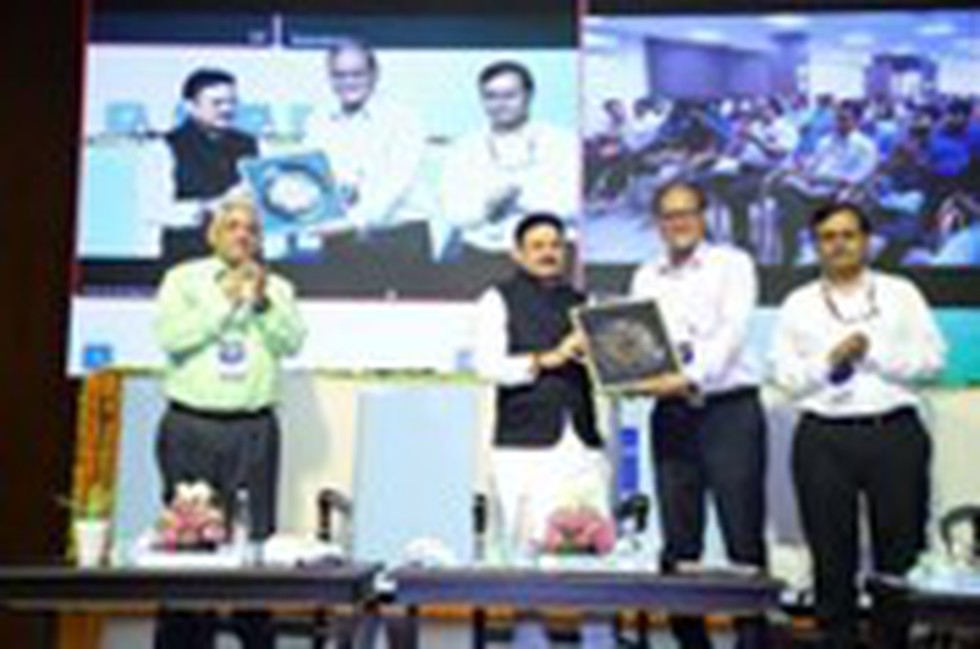
About C-DOT’s TRINETRA:
- It is a combination of multiple Security systems like Security Information and Event Management (SIEM), Security Orchestration and Automated Response (SOAR), Data Loss Prevention (DLP), User Entity and Behaviour Analytics (UEBA), Multi-Source Threat Intelligence and others.
- The solution provides 24x7 near real-time actionable cyber-security status and detection and resolution of cyber-threats (Virus, Malware, Ransomware, Spyware, etc.).
- It also performs security evaluation of the organisation’s IT assets by protecting endpoints, including PCs, laptops, Servers and VMs, by detection, analyses and mitigation of vulnerabilities and giving AI-enabled automated responses to cyber threats, ensuring the protection of sensitive data.
- The solution is capable of protecting the critical digital infrastructure of various Government departments from the ever-evolving cyber threat landscape.
Key facts about C-DOT
- It was established in 1984 as an autonomous Telecom R&D centre of the Department of Telecommunications, Ministry of Communications, Government of India.
- It is a registered society under the Societies Registration Act, 1860.
- It is a registered ‘public funded research institution’ with the Department of Scientific and Industrial Research (DSIR), Ministry of Science & Technology, Government of India.
- Headquarters: New Delhi.
Prelims Pointers
Aug. 28, 2023

About EXERCISE BRIGHT STAR-23:
- It is a biennial multilateral tri-service exercise.
- This multinational exercise was launched in 1980 as part of the US-brokered peace treaty between Egypt and Israel.
- This is the first time that IAF is participating in Ex BRIGHT STAR-23.
- Participating countries: United States of America, Saudi Arabia, Greece and Qatar.
- The Indian Air Force contingent will consist of five MiG-29, two IL-78, two C-130 and two C-17 aircraft.
- Personnel from the IAF's Garud Special Forces, as well as those from the Numbers 28, 77, 78 and 81 Squadrons, will be participating in the exercise.
- Objective: To practice planning and execution of joint operations. Besides leading to the formation of bonding across borders, such interactions also provide a means to further strategic relations between participating nations.
- India and Egypt have had an exceptional relationship and deep cooperation wherein the two jointly undertook the development of aero-engine and aircraft in the 1960s, and training of Egyptian pilots was done by Indian counterparts.
Prelims Pointers
Aug. 28, 2023

- About ORON Aircraft:
- It is an Intelligence, Surveillance & Reconnaissance (ISR) mission aircraft.
- It was developed by the Israeli Defence Ministry’s Directorate of Defense Research and Development (DDR&D), the Israel Air Force and the Israel Defense Force (IDF) Intelligence unit’s naval arm and Israel Aerospace Industries (IAI).
- Features:
- It is based on the Gulfstream G550 executive jet platform, which has been outfitted with a bevy of sensors and data collection equipment that allows it to rapidly locate targets in all weather conditions.
- The aircraft combines several capabilities, including aerial imaging, control and radar, and maritime intelligence gathering for the Navy.
- It will be equipped with layers of automatic data systems based on advanced algorithms and AI.
- It will enable the IDF to create a real-time comprehensive intelligence picture, including deployment of ground forces, near and far, in routine times and during warfare.
Prelims Pointers
Aug. 28, 2023
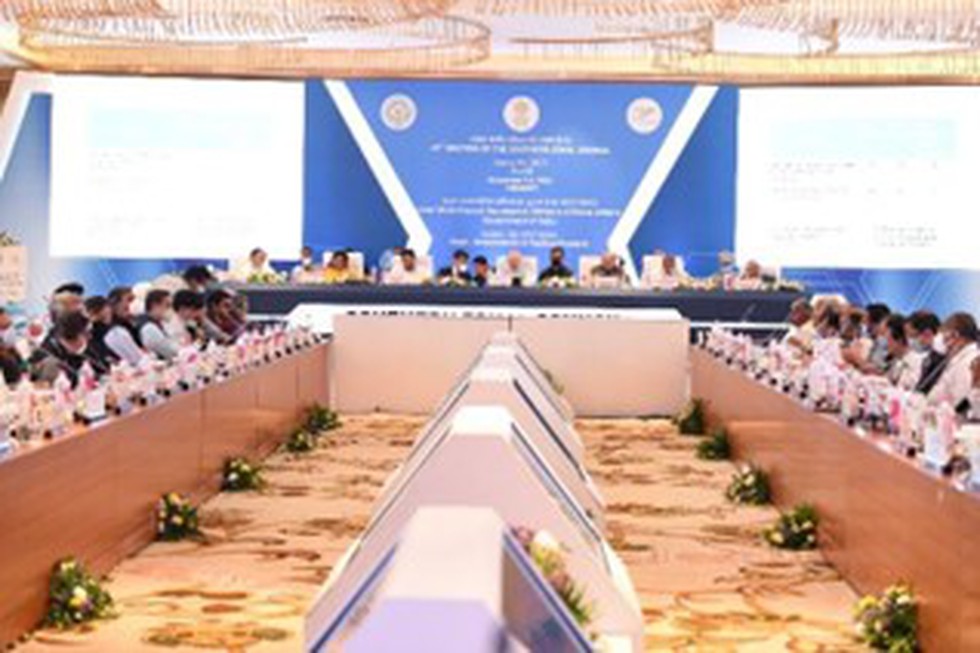
About Zonal Councils:
- The idea of the creation of Zonal Councils was mooted by the first Prime Minister of India, Pandit Jawahar Lal Nehru, in 1956.
- In the light of the vision of Pandit Nehru, five Zonal Councils were set up vide Part-III of the States Re-organisation Act, 1956. Hence, they are statutory bodies.
- The act divided the country into five zones (Northern, Central, Eastern, Western and Southern) and provided a zonal council for each zone.
- The Zonal Councils provide an excellent forum where irritants between the Centre and States and amongst States can be resolved through free and frank discussions and consultations.
- The main objectives of setting up Zonal Councils are to-
- Bring out national integration;
- Arrest the growth of acute State consciousness, regionalism, linguism and particularistic tendencies;
- Enable the Centre and the States to cooperate and exchange ideas and experiences;
- Establish a climate of cooperation amongst the States for successful and speedy execution of development projects.
- Each Zonal Council is an advisory body and may discuss any matter in which some or all of the States represented in that Council, or the Union and one or more of the States represented in that Council, have a common interest and advise the Central Government and the Government of each State concerned as to the action to be taken on any such matter.
- In particular, a Zonal Council may discuss and make recommendations with regard to:
- any matter of common interest in the field of economic and social planning;
- any matter concerning border disputes, linguistic minorities or inter-state transport;
- any matter connected with or arising out of the reorganisation of the States under the States Reorganization Act;
- Organisational Structure:
- Chairman: The Union Home Minister is the Chairman of each of these Councils.
- Vice Chairman: The Chief Ministers of the States included in each zone act as Vice-Chairman of the Zonal Council for that zone by rotation, each holding office for a period of one year at a time.
- Members: Chief Minister and two other Ministers as nominated by the Governor from each of the States and two members from Union Territories included in the zone.
- Advisers: One person nominated by the Planning Commission for each of the Zonal Councils, Chief Secretaries and another officer/Development Commissioner nominated by each of the States included in the Zone.
- The Chief Secretaries of the States represented in such Zonal Councils act as the Secretary of the respective Council by rotation, holding office for a period of one year at a time.
- The Joint Secretary of Zonal Councils is a Director Level officer from All India Services or Central Secretariat Services.
- North Eastern Council:
- The North Eastern States,e. (i) Assam, (ii) Arunachal Pradesh, (iii) Manipur, (iv) Tripura, (v) Mizoram, (vi) Meghalaya, and (vii) Nagaland, are not included in the Zonal Councils and their special problems are looked after by the North Eastern Council, set up under the North Eastern Council Act, 1972.
- The North Eastern Council (Amendment) Act of 2002 also added the state of Sikkim to the North Eastern Council.
Prelims Pointers
Aug. 28, 2023

About National Financial Reporting Authority (NFRA):
- The NFRA was constituted on 01st October 2018 by the Government of India under the Companies Act, 2013.
- It is an independent regulator to oversee the auditing profession and accounting standards in India.
- Objective: To continuously improve the quality of all corporate financial reporting in India.
- Functions and Duties:
- Recommend accounting and auditing policies and standards to be adopted by companies for approval by the Central Government;
- Monitor and enforce compliance with accounting standards and auditing standards;
- Oversee the quality of service of the professions associated with ensuring compliance with such standards and suggest measures for improvement in the quality of service;
- Composition: It consists of a chairperson, who shall be a person of eminence and having expertise in accountancy, auditing, finance, or law to be appointed by the Central Government and such other members not exceeding fifteen consisting of part-time and full-time members.
- Powers:
- NFRA have the power to investigate, either suo moto or on a reference made to it by the Central Government into the matters of professional or other misconduct committed by any member or firm of chartered accountants registered under the Chartered Accountants Act, 1949.
- It has the same powers as are vested in a civil court under the Code of Civil Procedure, 1908, while trying a suit.
- HQ: New Delhi
Prelims Pointers
Aug. 28, 2023
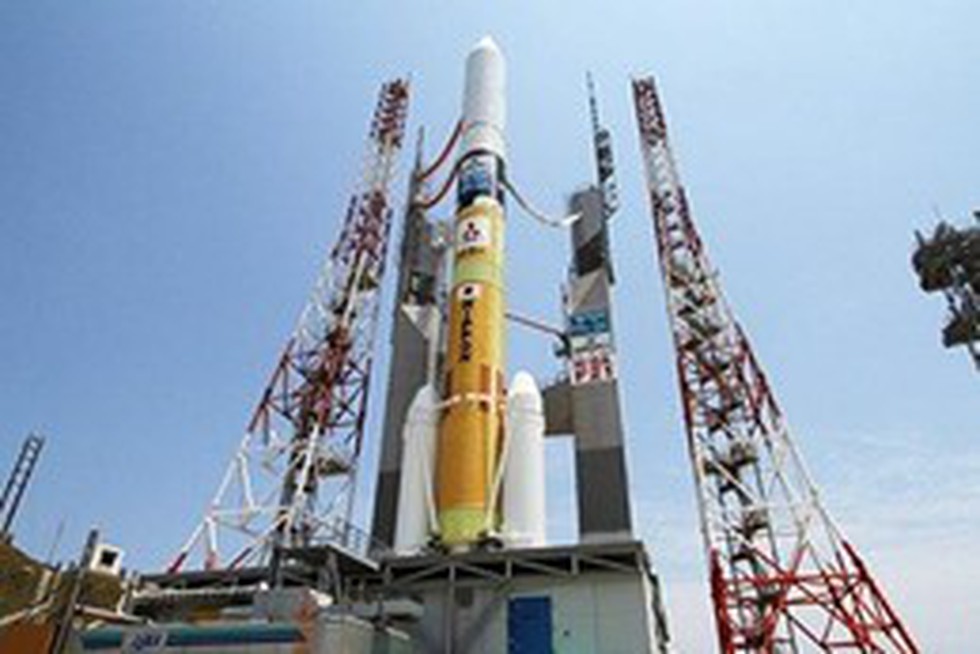
About XRISM Mission:
- The X-Ray Imaging and Spectroscopy Mission (XRISM) is a joint mission of the Japan Aerospace Exploration Agency (JAXA) and the National Aeronautics and Space Administration (NASA), involving contributions from the European Space Agency (ESA) and Canadian Space Agency as well.
- Objective: The mission aims to observe X-rays coming from deep space and to identify their wavelengths with unprecedented precision.
- It will use state-of-the-art spectroscopy to measure changes in the brightness of celestial objects at different wavelengths.
- It detects X-rays with energies ranging from 400 to 12,000 electron volts. (For comparison, the energy of visible light is 2 to 3 electron volts.)
- This range will provide astrophysicists with new information about some of the universe's hottest regions, largest structures, and objects with the strongest gravity.
- Instruments onboard: The mission has two instruments, Resolve and Xtend.
- Resolve:
- It is an instrument that will collect spectroscopic data with far more resolution than X-ray observatories orbiting the Earth do.
- Resolve must be cooled to just a fraction above absolute zero in order to measure tiny changes in temperature when X-rays hit the instrument’s surface.
- Xtend:
- It will operate simultaneously to photograph the cosmos with a resolution comparable to the way our eyes might perceive it if we were to have X-ray vision.
- While Resolve zooms in, Xtend will zoom out, providing scientists with complementary views of the same X-ray sources over a larger area.
- Resolve:
About SLIM:
- SLIM, or Smart Lander for Investigating Moon, is a compact robotic moon lander with no astronauts aboard.
- Called ‘Moon Snipper’ in the Japanese language, it has lightweight equipment for advanced observations and adaptable landings on resource-scarce planets, advancing exploration strategies.
- The most important aim of the lander is to demonstrate accurate lunar landing techniques with a precise touchdown.
- The mission plan calls for a landing no more than 328 feet (100 m) from a target inside the moon's Shioli Crater.
Prelims Pointers
Aug. 28, 2023

About Smishing:
- The term "smishing" is a combination of "SMS" (Short Message Service) and "phishing."
- What is it?
- A type of phishing attack, smishing, often involves sending fraudulent text messages to individuals with the aim of tricking them into divulging sensitive personal information, such as passwords, credit card numbers, or other confidential data.
- When cybercriminals "phish," they send fraudulent emails that seek to trick the recipient into clicking on a malicious link.
- Smishing simply uses text messages instead of email.
- Smishing attacks often involve messages that appear to be from legitimate sources, such as banks, government agencies, or well-known companies.
- How it works?
- Smishing messages typically contain urgent or enticing content to persuade recipients to take immediate action, such as clicking on a malicious link, calling a phone number, or providing sensitive information.
- Once the victim opens and clicks on the link or dials the phone number listed in the message, they're taken to a fraudulent website or a mobile phone line that's designed to resemble a legitimate source.
- The victim might be asked to enter sensitive information, such as login credentials, social security numbers, credit card information or personal identification numbers (PINs).
- Once the victim's sensitive information is divulged, the attacker might steal it to commit fraud for personal gain or to compromise the victim's device by installing malware on it.

